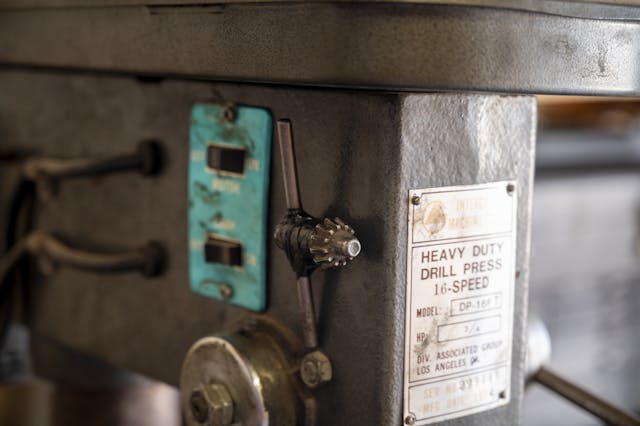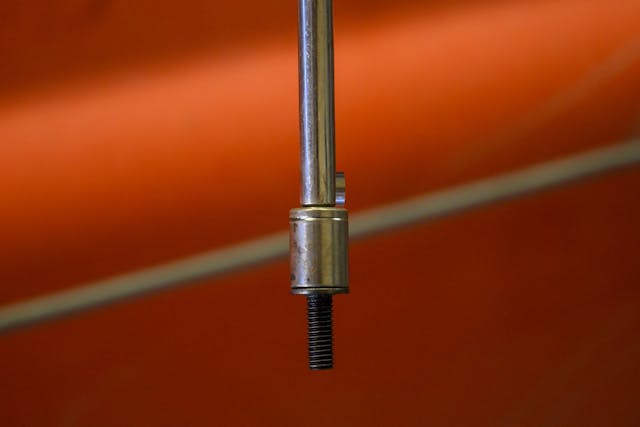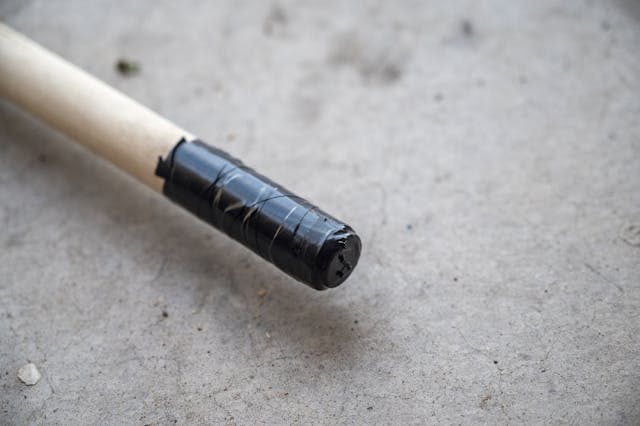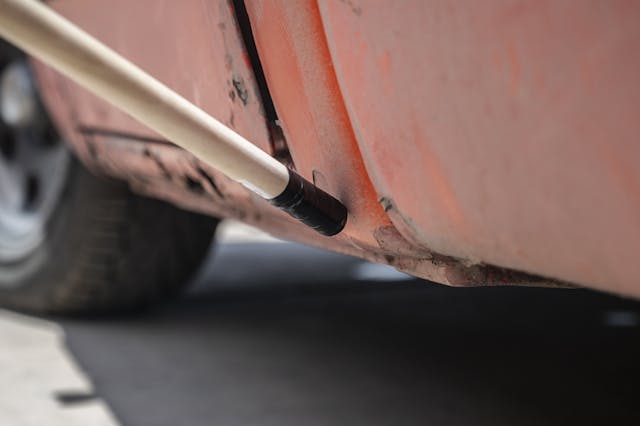Wrenchin’ Wednesday: Magnets—how do they work in the shop?
What can be said about magnets that the Insane Clown Posse hasn’t? In our tools, toys, and homes, they serve as a valuable component for inducing attractive motion, and with the relatively recent proliferation of neodymium magnets, they’ve become dirt-cheap and widely available—especially if you scrap old computer hard drives. With this in mind, there’s a handful of trick uses for them beyond just grabbing tools or dropped screws.

Perhaps the most time-tested trick here is using magnets to keep chuck keys and other accessory tools attached to machines. Losing these kinds of accessories can put a stop to a project, so finding convenient ways to have them secured means you’re more likely to actually store them in the same space again.
Inspection sticks are also another way to utilize cheap magnets for something useful. Of course, this can easily save a bent-back for grabbing screws and things, but it also works to aid in things like poking for body filler on a new project.
Deep amounts of body filler will insulate the magnet’s force from the underlying sheet metal, giving a dead-ringer sign that things aren’t what they appear. The tape here also protects the paint from contact with the magnet, unlike the typical telescoping magnet you can buy at a parts store.

For a bonus, we touched on this in a previous Wrenchin’ Wednesday for retaining bolts in a socket, and it bears repeating here too as it remains one of the trickest ways to work in tight spaces.
But we’re just scratching the surface here, any magnetized or modified tools in your home shop?






